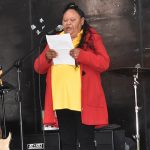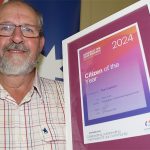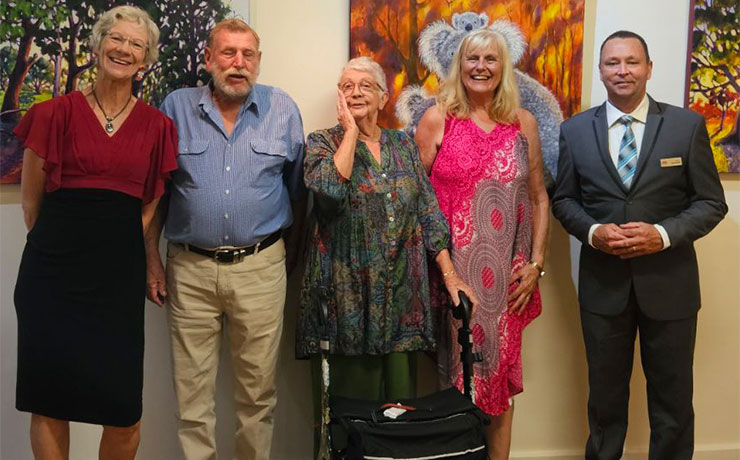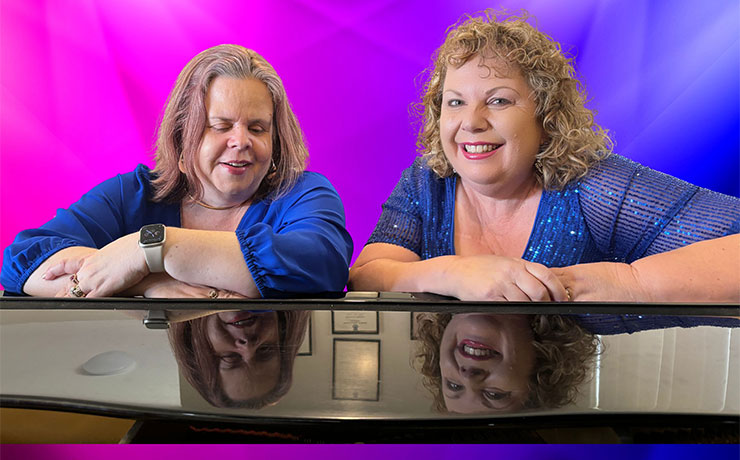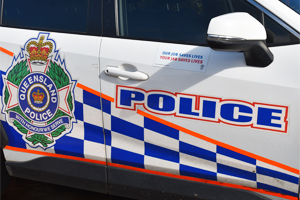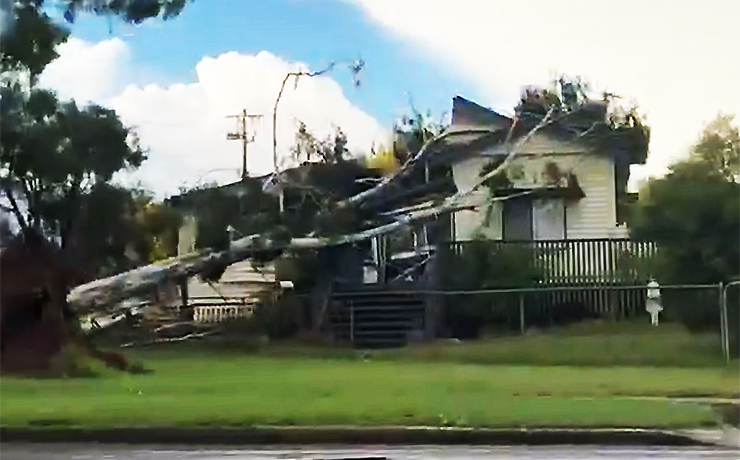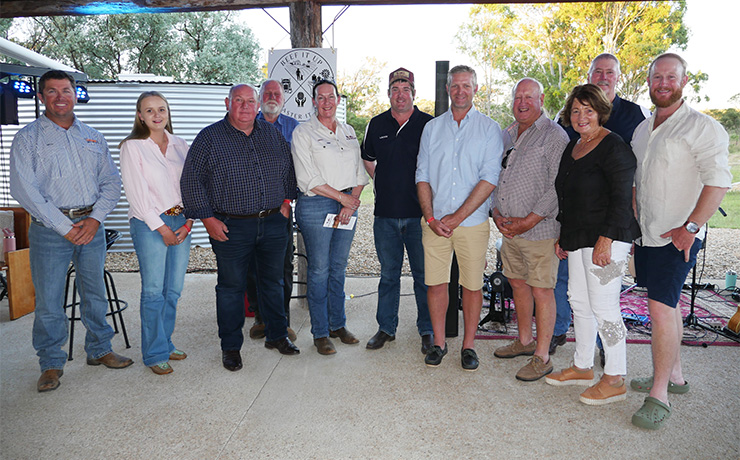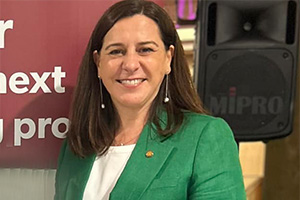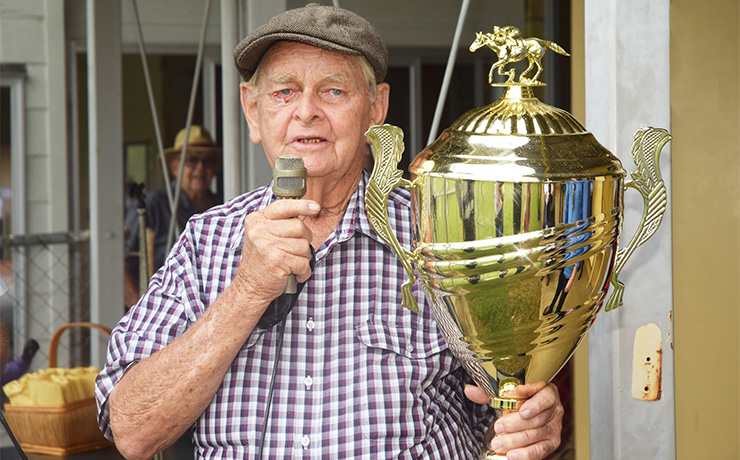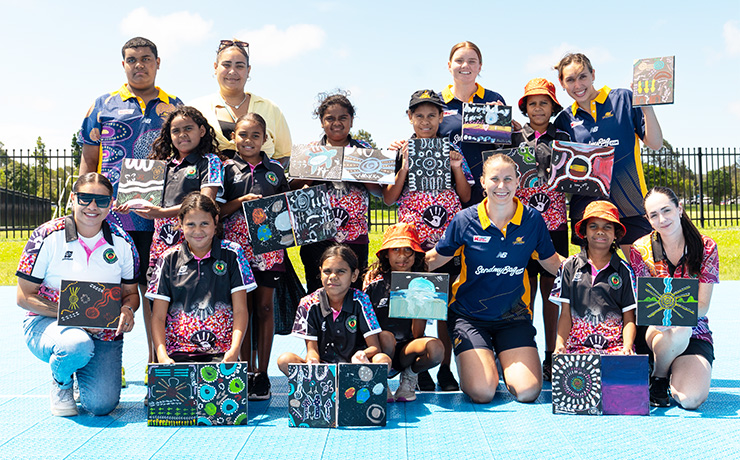August 20, 2012
Almost $3.4 million could be ripped out of some South Burnett State School budgets if proposed Gonski reforms to school funding were introduced, according to a recent media report.
While most South Burnett schools would be unaffected – and some might even gain extra funding from the changes – 10 schools would lose amounts ranging between $11,670.27 (Tingoora State School) and $1,108,308.51 (Kingaroy State School), a sum equivalent to roughly one-sixth of their total current funding.
Many faith-based schools may also have their funding reduced but the figures, published in the Sunday Mail, provide no way to identify if any of the South Burnett’s Catholic schools would also be affected.

The Federal Government was due to reveal its funding strategy this week but this has now been pushed back, sparking accusations from the Opposition it can’t find the money to introduce the reforms.
However, Prime Minister Julia Gillard has pledged that “no school will lose a dollar” under the funding shake-up despite modelling prepared by the States and non-government schools which suggests that up to one-third of schools could be worse off under the Gonski plan.
Over the weekend News Limited released its own analysis (based on data provided by the Department of Education to schools and State Governments) which showed that 479 Queensland schools would be worse off under the Gonski plan, including at least 10 South Burnett schools.
Queensland Education Minister John-Paul Langbroek warned today that Queensland would not sign up to the review based on the projections.
“The figures indicate that Queensland schools could lose nearly $200 million across the State and non-State sectors,” Mr Langbroek said.
“This equates to a $119 million loss for 355 state schools, $69.5 million for 104 Catholic schools and nearly $10 million for 20 independent schools.
“The bottom line is that we will not be supporting any plan that leaves Queensland schools worse off.
“Queensland is not in a position to fund the Commonwealth Government’s reform agenda, especially if the reforms fail to achieve their objectives.”
southburnett.com.au attempted to talk to several school principals about the matter today but they were unavailable for comment.
Background Briefing: What Is The Gonski Report?In 2010 the Australian Government commissioned a Review of Funding for Schooling. Chaired by businessman David Gonski, the review panel received more than 7000 submissions, visited 39 schools and consulted 71 key education groups across Australia. The review panel released its report to the Federal Government in late 2011 and this was then released to the public in February 2012. The Gonski report made 41 recommendations off 26 key findings, the major ones being that:
The report’s main recommendations were that:
The Gonski report suggested that school funding should be distributed by setting separate per-student dollar amounts for primary and secondary students ($8000 per primary school student and $10,500 per secondary school student). It also suggested there should be loadings for the extra cost of meeting certain education needs, including those of indigenous students, those with a disability or those from poor or other disadvantaged backgrounds The report proposes that public schools should be fully publicly funded to the standard, but private school public funding should be based on an “anticipated” level of a school’s private contribution, with a minimum public contribution for non-Government schools per student of 20 per cent to 25 per cent of the standard. The report wants the new funding model to be agreed to by all governments and sectors by 2014; to be reviewed every four years; and to be indexed in between. A copy of the full report can be downloaded from the Your School Our Future website |







